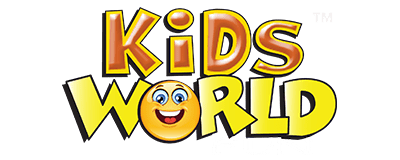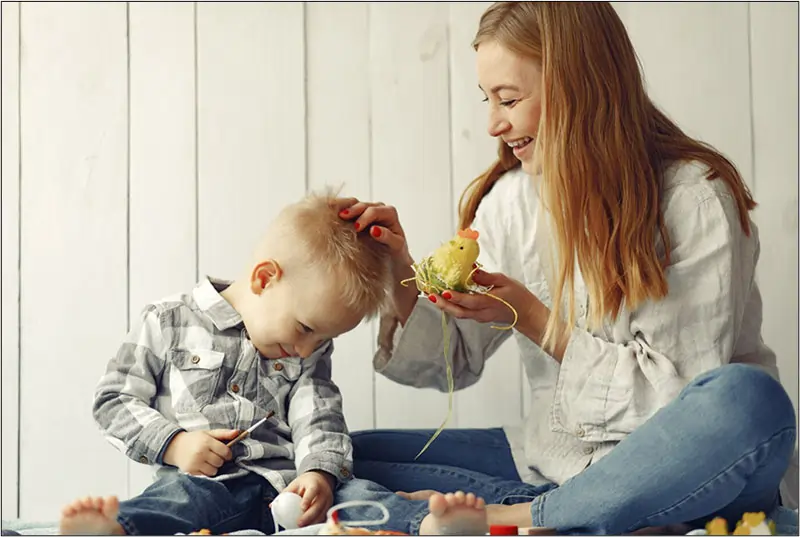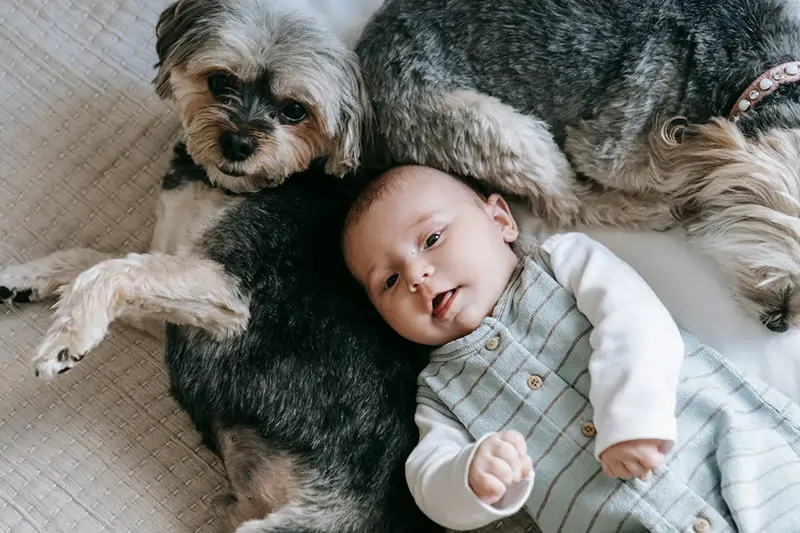Teaching Kids About Where Babies Come From (Without the Awkward Stuff)
Talking to children about how newborns or children grow, like to teach them to cycle. At first everyone stumbles, but with quiet guidance and the right equipment, the trip becomes smooth – and even fun. This lightly padded guide moves you in age ways, to explain where children come from, using friendly words, hands activities and lots of laughter. Towards the end, you will feel confident about answering curious questions without blushing, and your children will feel proud to understand their own family history.
1. Why Start the Conversation Early?
Children are natural detectives. The moment he sees a pregnant neighbor or gives birth to an animal in a natural show; his brain begins to resonate with questions. There are three great benefits than providing simple, honest answers:
- Builds Trust – Children learn a safe person to ask anything, big or small.
- Stops Misinformation – They do not fill holes with playgrounds (such as infants coming by Magic Stork).
- Grows Empathy – When children understand how much care a child needs, treat the younger brothers and siblings with soft hands and hearts to the patient.
By starting the youth, you also get information over time, so the topic never seems heavy or shocking.
2. Match the Lesson to Your Child’s Age
Think of explanations like puzzle pieces. A toddler doesn’t need the entire picture all at once—just the corner pieces. As they grow, add more pieces until the full puzzle makes sense.
| Stage | Sample Question | Simple Answer |
| Preschool (3-4 yrs) | “How did the baby get in your tummy?” | “Mommy has a tiny baby seed that grows in a special pocket called the uterus.” |
| Early Elementary (5-7 yrs) | “How does the baby eat in there?” | “The baby gets food from me through a small tube called the umbilical cord—like a built-in straw.” |
| Tweens (8-11 yrs) | “How does the seed start?” | “A grown-up man and woman each give a cell. When the cells join, they start to grow into a baby.” |
By sticking to real words (uterus, umbilical cord) but skipping graphic detail, you provide facts without overwhelming.
3. Use Everyday Comparisons
Facts stick better when tied to things kids see every day. Try these fun analogies:
- Seed in Soil – A seed needs warm soil, water, and time to sprout. A baby seed needs the uterus, nutrition, and time to grow.
- Building a House – A builder starts with one brick and carefully adds more. The body slowly adds tiny parts until the baby is ready.
- Backpack and Straw – The uterus is the backpack keeping baby safe. The umbilical cord is the straw giving food.
Simple pictures in a sketchpad bring these ideas to life—no fancy art skills needed.
4. Storybooks and Shows That Help
Books and short videos lighten the load for parents and make learning feel like play. Look for titles that:
- Use correct terms but friendly drawings
- Show diverse families and body types
- Highlight kindness and respect
At the library, ask for non-fiction children’s books about human development or gentle tales like “Mama’s Belly” by Kate Hosford. Watch nature clips of mammal births (skip anything too graphic) to show how all creatures grow babies in unique ways.
5. The Power of Visuals: Photos, Ultrasounds, and Baby Bump Pics
Kids are visual learners. Seeing a real belly picture or ultrasound sparks big “wow” moments. Line up weekly photos of your growing bump on the fridge and let children draw funny faces on a copy. This keeps the topic visible—literally—and invites daily questions in bite-size bits.
If you want a keepsake that doubles as a learning tool, consider a professional photo session. Many families hire a maternity photographer because pros know how to capture the glow and include big siblings in fun poses that scream, “You’re part of this adventure, too!”
6. Craft Time: Make a Baby-Growth Timeline
Hands-on projects turn lessons into lasting memories.
Supplies:
- Poster board
- Colored paper circles (each color = a month)
- Glue stick
- Markers
- Optional: stickers, glitter, printed ultrasounds
Steps:
- Draw a nine-section path on the board—like stepping-stones.
- Label each step “Month 1,” “Month 2,” and so on.
- Glue one colored circle in each section.
- On every circle, write a fun fact: “Month 4—Baby can hear music.”
- Add ultrasound photos or mom’s belly snapshots at matching months.
- Hang the timeline in a shared space. Encourage your child to add stickers when they feel baby kick or hear a doctor update.
By crafting together, you weave science, art, and family bonding into one bright poster.
7. Common Tricky Questions (and Friendly Answers)
“Can the baby see me?”
Not yet. The belly is dark, but the baby can hear your voice. Try singing a lullaby!
“Will it hurt the baby if I jump?”
Normal play like running or skipping around Mom is safe. The baby has fluid—like a water cushion—keeping it comfy.
“How does the baby come out?”
When the baby is ready, Mom’s uterus squeezes to push the baby through a special birth canal called the vagina, or sometimes doctors help by making a small opening in the tummy called a C-section.
Stick to clear words, calm voice, and short sentences. Your goal is honesty without alarm.
8. Respecting Feelings and Privacy
Kids sometimes giggle or feel shy talking about bodies. Let them know:
- It’s fine to laugh—new ideas can feel silly.
- Questions are welcome anytime.
- Body parts are private and touching should always be safe and respectful.
These rules teach safety alongside curiosity, setting a firm base for future talks about puberty.
9. Invite the Whole Family
Learning sticks when everyone joins in:
- Dad’s Voice – Record Dad reading a bedtime story; play it against Mom’s belly. Kids hear teamwork in action.
- Grandparent Wisdom – Let Grandma share a sweet birth story from your childhood.
- Sibling Helper – Older kids can paint the belly with washable paints or choose a playlist of baby songs.
By involving the family, children see babies as a shared joy, not a threat to their place in the world.
10. Deeper Details for Curious Tweens
If your older child wants finer points about reproduction:
- Cells Meet: Explain sperm and egg as tiny cells, each carrying half the baby’s “instruction book.”
- DNA Talk: Compare DNA to a recipe. Mom’s and Dad’s recipes mix to create a brand-new dish—your little brother or sister.
- Privacy Reminder: These details stay in family talks unless parents say it’s okay to share.
Give facts slowly, pause often, and check understanding with gentle questions like, “Does that part make sense?”
11. Busting Popular Myths
- Myth: Babies breathe water in the womb.
Fact: Babies don’t use lungs yet; they get oxygen from Mom’s blood. - Myth: Jump scares can harm the baby.
Fact: Quick noises may startle Mom, but the baby is cushioned and safe. - Myth: You can “wish” for twins by eating certain foods.
Fact: Twins happen when two eggs or one split egg grows—food can’t change that.
Correcting myths helps kids build critical-thinking muscles they’ll use all lifelong.
12. Simple Science Experiments at Home
- Heartbeat Hunt: Use a paper towel as a stethoscope to listen to mother’s heartbeat. If you have a prenatal monitor, you can compare it with the baby’s heartbeat.
- Balloon Belly: Fill a small balloon with water to show how the fetus protects a child. Press the toys gently against the balloon how it bounces back.
- Guess Growth Chart: Ask children to guess how large children will be in bananas, crayons, or LEGO bricks. Measure a newborn doll later that estimates the closest.
Science becomes less essence when children can touch, see and measure.
13. Tips for Parents to Keep Talks Smooth
- Choose Calm Moments – Share facts during quiet playtime, not when everyone is hungry or comes out of the door.
- Stay Short and Sweet – Five minutes of chat defeating a lecture of 45 minutes.
- Admit When You Don’t Know – Say, “Let’s find out together”, then check a reliable book or website.
- Use Positive Language – Words like “Amazing”, “Strong” and “Growing” keep your mood excited.
Remember: Children reflect your comfort level. If you relax, they will do it too.
14. Celebrating the Learning Journey
Wrap up each discussion with a mini celebration:
- Bake belly-shaped cupcakes.
- Add a sticker to the Baby-Growth Timeline.
- Have your child whisper a secret wish to the bump.
Small rituals reinforce joy and signal that learning about bodies is something to cheer, not fear.
15. Final Thoughts
To say where infants come from, it doesn’t have to feel strange or heavy. By matching the answers to the child’s age, using colored comparisons, preparing a timeline and tilting on books, pictures or visual aid professionals, you create an open, gentle route to understanding.
When the family history comes out, keep the communication doors open. One day, your child can give these lessons to their children – that honest words and loving guidance can travel at any time compared to any major.
Happy teaching, happy parenthood and your growing family can continue to search for life’s wonders together!



